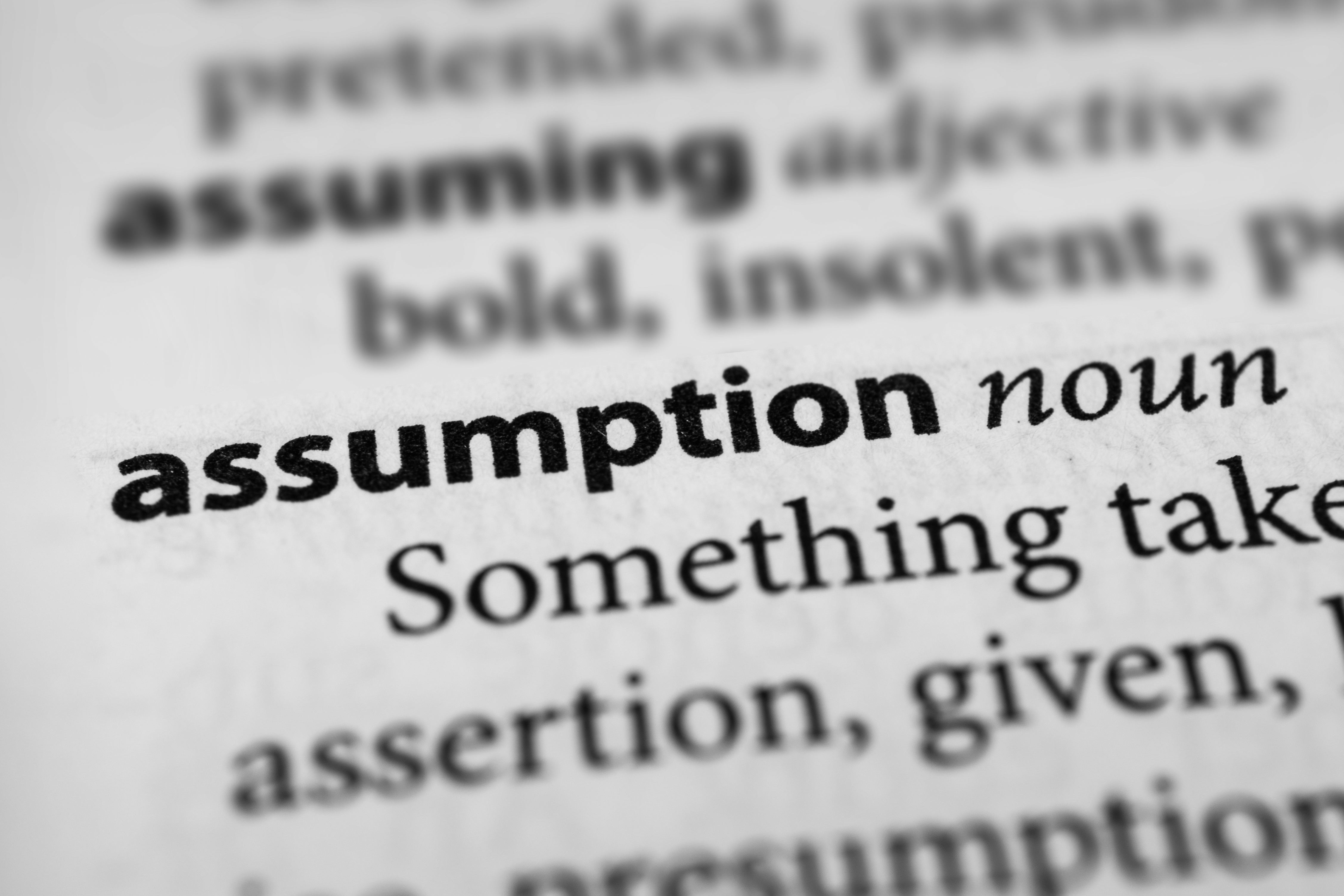In the final days of 2023, Consumer Watchdog gave a full-throated defense of Governor Newsom’s aggressive oil production shutdown agenda – and demonstrated a stunning lack of awareness of energy issues in the process.
The dark money group’s “consumer alert” attempted to rebut CEI’s recent TV ads highlighting how policies shutting down in-state oil production would lead to higher prices at the pump for California families and businesses.
Instead, Consumer Watchdog offered a faulty narrative that fully ignores obvious cost drivers associated with shutting down in-state production.
After all, halting in-state production would create demand for an additional 160 million barrels of oil imports to California annually, requiring at minimum an additional 80 oil tankers to unnecessarily traverse the planet to bring oil to California ports.
While Consumer Watchdog correctly points out that the price of oil is set on a global market, full dependence on imports delivered by oil tanker for basic energy needs would have direct cost impacts for California consumers and businesses that the group disregards.
For example, an analysis released by the State Building & Construction Trades Council of California in 2022 found that without in-state oil production, consumers and businesses would pay $0.70 more per gallon of gas to help refineries reconfigure their operations for foreign crude, as well as an additional $1 to $2 per gallon to fund necessary port expansions.
Notably, the analysis also warned that reliance on a fragile foreign oil supply chain in an era of constant geopolitical turmoil would carry additional cost risks. The study found that prices “could briefly soar by $10 or more per gallon” under an in-state shutdown scenario should foreign supply challenges emerge:
“… Effects could be catastrophic if California is exposed to abrupt foreign supply cutbacks due to international turmoil, regional skirmishes, disruption of supertanker transport routes, accelerated demand increases in China and India, or other factors.”
Of course, these cost increases would all be on top of California’s already highest-in-the-nation $4.50+ average price for a gallon of gas. And the added tanker traffic in Southern California ports would worsen that region’s worst-in-the-nation air quality.
Consumer Watchdog’s flimsy and flippant claims contrast against the hard reality that the world’s fourth largest economy demands lots of oil and will for decades to come.
Even under an optimistic case for electric vehicle adoption, California Energy Commission forecasts estimate that the state will still need 11.5 billion gallons of gasoline and diesel in 2035. That’s more than 80% of the amount of gasoline and diesel the state consumed in 2020.
After years of aggressive policies pushing for electric vehicle adoption, demand for oil in California increased in 2022 – and final figures will likely show another increase in 2023.
Energy policies have consequences, and the facts are clear: shutting down local, in-state production that the world’s fourth largest economy still needs in massive quantities will raise costs on consumers and businesses.


